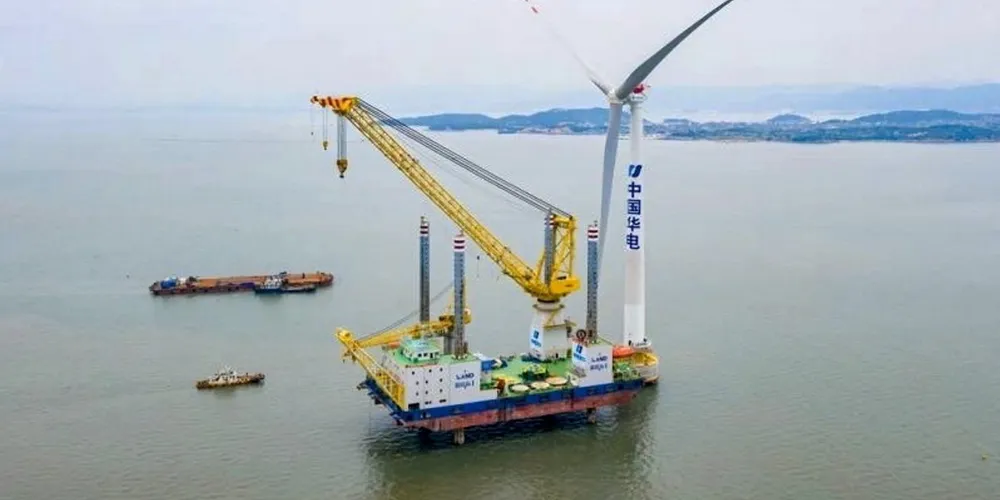Siemens Energy CEO: 'We are unable to gain access to' Chinese wind market
Christian Bruch says Europe's wind sector doesn't want to exclude Chinese competitors but demands 'level playing field'

Christian Bruch says Europe's wind sector doesn't want to exclude Chinese competitors but demands 'level playing field'
